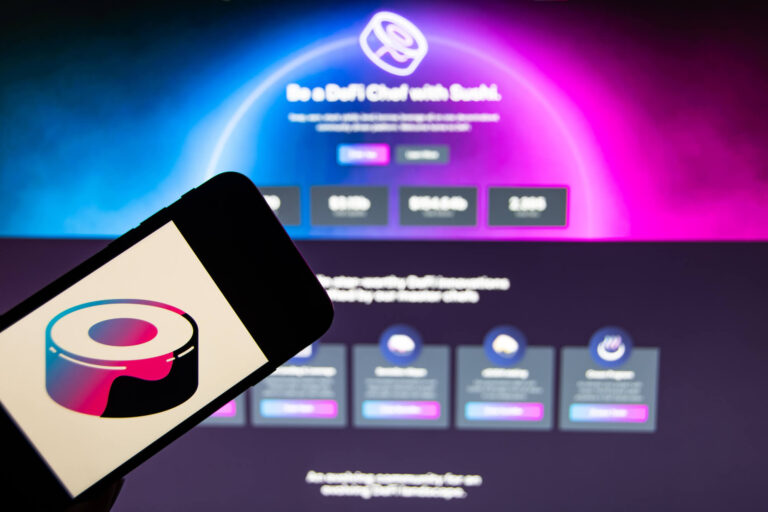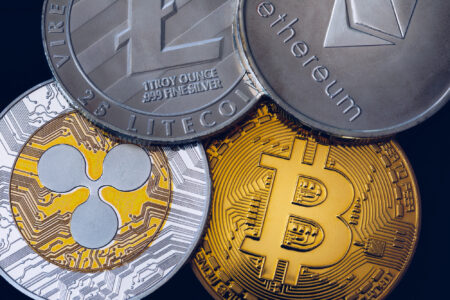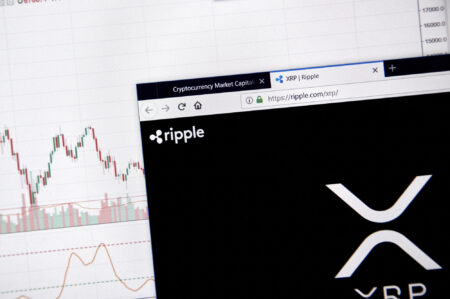SushiSwap, a fork of the largest decentralized exchange (DEX) Uniswap, quickly rose to fame 2 years ago. However, over the years SushiSwap's decentralized governance has faced several issues amid a growing regulatory crackdown on both centralized and decentralized exchanges.
The DEX launched on the tail end of DeFi Summer in 2020 to instant success. There are a few good detailed recountings of early SushiSwap history, but the basic beats are: SushiSwap forked Uniswap’s code, incentivized users to migrate liquidity away from Uniswap, its total value locked (TVL) grew, and pseudonymous creator Chef Nomi sold $14 million worth of the SUSHI token before returning the ETH proceeds to SushiSwap and exiting the project.
Sushi's rapid success
In the first 6 months of SushiSwap’s existence it quickly gained market share. Upon launch, it captured 40% of Ethereum-based DEX volume, which decreased to around 20% for the rest of the year. While it never surpassed Uniswap V2’s volume, it was clearly a formidable competitor that had a strong community backing.
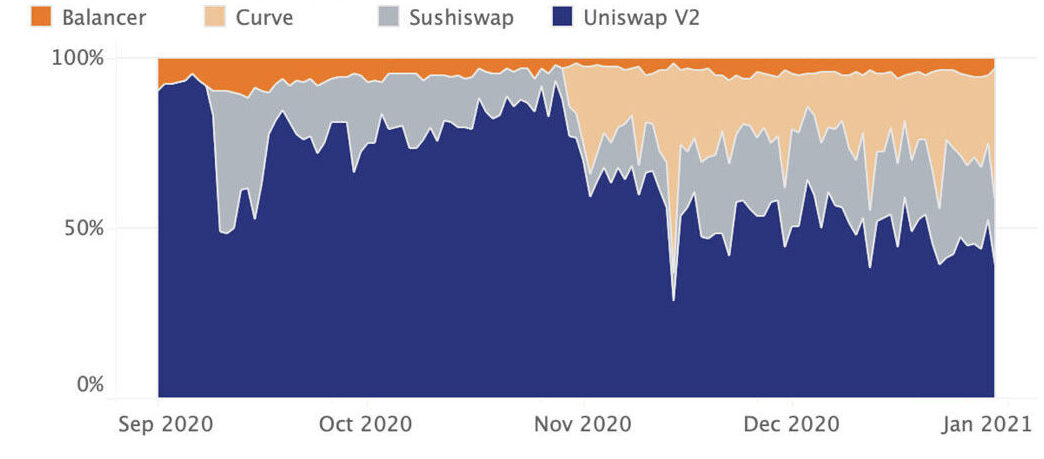
While today Uniswap remains the dominant DEX in terms of volume, SushiSwap’s model for governance has provided interesting insights into the positive aspects and pitfalls of decentralized decision making. Decentralized governance has gained new consequence amid the growing regulatory crackdown on crypto exchanges. Last September, the SEC began a probe of Uniswap and just this week began investigating whether Coinbase listed unregistered securities.
Following head developer 0xMaki’s departure in September 2021, SushiSwap has operated without an official leader, relying on community governance for key product decisions. This week the SushiSwap community started debating a proposal to elect a new “Head Chef” (basically a CEO), which could impact SushiSwap’s relationship with regulators. This article will take a closer look at SushiSwap’s decentralized governance and how it has impacted its roadmap and market share over time.
Decentralized governance
SushiSwap’s decentralized governance has been extremely active since it was first created. Any member of the community is able to submit a proposal - which range from branding ideas to new chain integrations to sending Uniswap a sushi platter for lunch - after which the core team can bring it to a vote, which requires a quorum of 5mn SUSHI to pass. 2021 was one of the most tumultuous years for SushiSwap, including infighting and attempts at overhauling the organizational structure. An important takeaway from these events was the difficulty of hiring and managing talent with a decentralized governance process. In May 2022, a proposal was passed with 91% in favor to earmark 6mn SUSHI to retain existing talent, create a compensation committee, and start a leadership search.
On the other hand, Uniswap Labs (self described as a “a major contributor to the Uniswap Protocol which now focuses on building a suite of products to support the Uniswap ecosystem”) has the advantage of functioning like a normal company with HR, finance, and legal teams. The Uniswap protocol has a 3-step governance process: the first requires a 25k UNI yes-vote threshold to pass and the next requires a 50k UNI yes-vote threshold. The last step requires a wallet to hold 2.5mn UNI tokens (over $20mn USD) to formally submit the proposal.
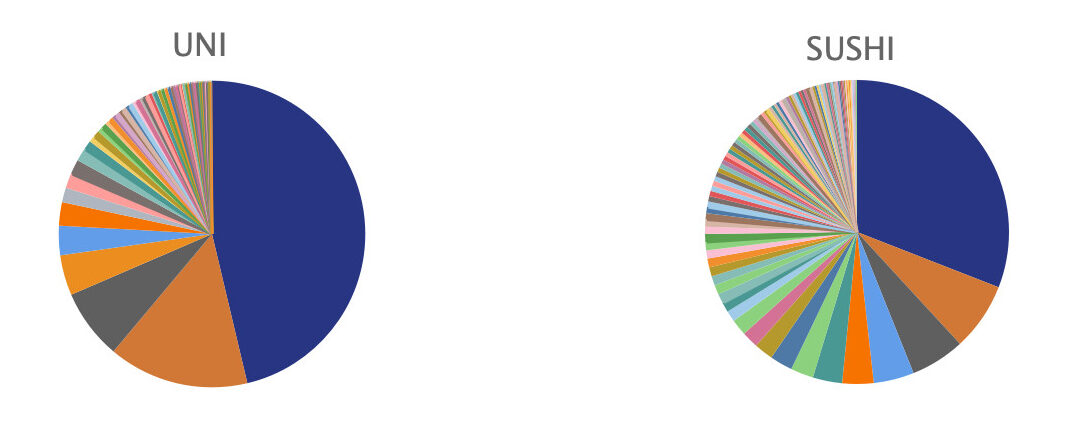
Only 66 wallets hold enough UNI to formally submit a proposal, some of which are treasury/vesting wallets or centralized exchanges. The largest UNI holder is the UNI Timelock, and 3 of the next 4 largest are UNI vesting contracts; over the first four years, 43% of vesting tokens are going to the governance treasury, 21% to the team, and 18% to investors. SUSHI’s distribution is quite decentralized, as the largest holder is the xSUSHI contract, which contains SUSHI staked by many different wallets, followed by a wallet attributed to Binance and the SushiSwap treasury. Through both the governance process and distribution of tokens, SushiSwap’s governance is more responsive to the community, for better and for worse.
Drawbacks of decentralization
As one might expect, SushiSwap has passed a far greater number of proposals and as such the DEX is available on 15 chains, while Uniswap is only available on 5. SushiSwap also offers a greater number of services, though these have been released to limited success. The largest TVL on Kashi, its lending/borrowing platform, is just over $200,000 for the xSUSHI/USDC pair; for reference, over $1.15bn USDC is deposited on Aave. MISO, SushiSwap’s launchpad for new tokens, has been underwhelming. As of this writing, there is only one live auction, which has raised a total of 46 USDT.
This all makes logical sense. SushiSwap’s governance allows someone to say, hey, this new Ethereum Layer 2 just came out and I think that we should bring SushiSwap there. xSUSHi holders will probably say that that sounds like a good idea, it should bring in more volume and thus more revenue for xSUSHI holders. The same logic follows for competing with Aave and Compound in the lending space. It’s easy to pass these proposals without considering how each new feature or chain expansion stretches resources and creates mission creep.
Uniswap's model so far more successful
This approach has been in stark contrast to Uniswap Labs, which was laser focused on the development of Uniswap V3 and has since expanded to the largest Layer 2 networks. This has (figuratively) paid dividends for Uniswap, as the launch of V3 dealt a huge blow to SushiSwap’s volume. Looking at the most systemically important pair in DeFi, USDC-WETH, Uniswap V3’s impact is immediately obvious. SushiSwap had occasionally facilitated more volume than V2 for this pair, including during the worst week of the May 2021 crash, it was $2.8bn to $2.2bn in favor of SushiSwap. During the week of the Luna crash, SushiSwap facilitated $400mn to V2’s $600mn and V3’s $10.9bn.
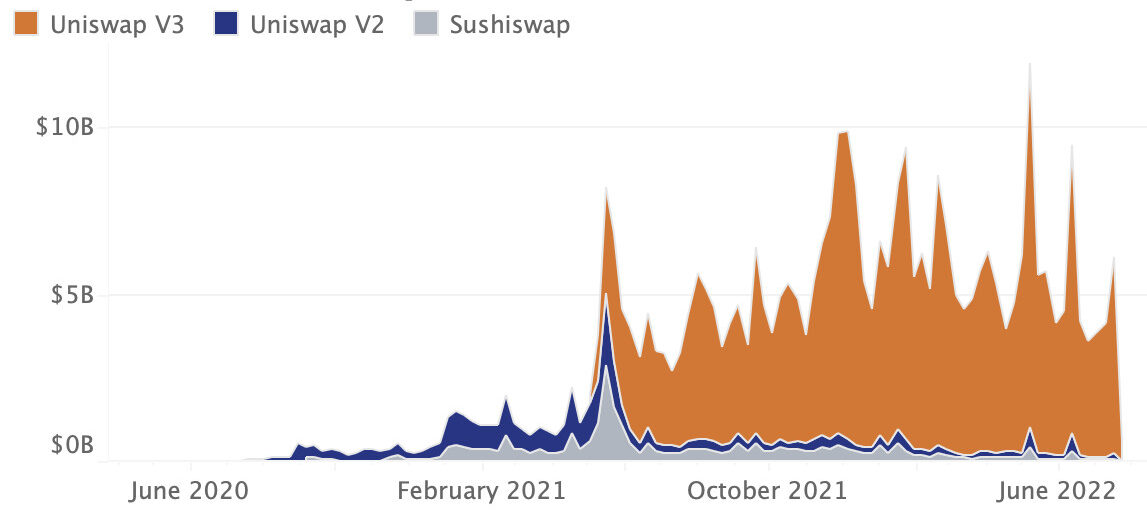
Reduced volumes have also been reflected in the total value locked of SushiSwap’s largest liquidity pools. SushiSwap’s TVL for the USDC-WETH pool tripled from January 2021 to January 2022, but has since fallen to just $30mn today. Pool utilization, which measures the overall capital efficiency of liquidity pools, calculated by dividing volume by TVL, shows that SushiSwap today is more capital efficient than Uniswap V2, although it is significantly less efficient than V3. Liquidity providers are incentivized to provide in pools with the most volume, while traders are likely to use the pools with the most liquidity, creating a cycle that has benefitted Uniswap V3.
Benefits of decentralization
Decentralization can be incredibly messy, but it can also be resilient. An aspect of this resilience was highlighted last week when the U.S. Securities and Exchange Commission (SEC) charged a former Coinbase employee with insider trading, and notably stated that at least nine of the 25 tokens involved were securities. This created shockwaves and was the first real action taken that reflects SEC Commissioner Gary Gensler’s repeated statement that many or most cryptocurrencies are securities. It was also reported this week that the SEC is investigating whether Coinbase allowed U.S. users to trade unregistered securities.
Just over a year ago, Uniswap Labs announced that it had removed a variety of tokens from the Uniswap frontend because of regulatory developments (Uniswap Labs can’t actually de-list any pools or tokens from the underlying protocol). It was also reported in September 2021 that the SEC was investigating Uniswap Labs, particularly “about how investors use Uniswap and how it is marketed.” SushiSwap has a clear advantage here: there is no equivalent of Uniswap Labs for regulators to go after.
Conclusion
As SushiSwap prepares to hire its first CEO in nearly a year, the regulatory environment has never been more fraught. It is not hard to imagine a world in which regulatory pressure continues to escalate and forces Uniswap Labs to remove more tokens, driving more volume to decentralized competitors. The other unknown involves Uniswap turning the so-called fee switch on, which it would divert a small percentage of each transaction to the Uniswap treasury, similar to how SushiSwap diverts it to SUSHI stakers. The community recently voted nearly unanimously in favor of turning it on for two of the largest pools. If it’s implemented, it will be important to watch how liquidity providers react to losing a portion of their revenue, and whether they move to other DEXs.

